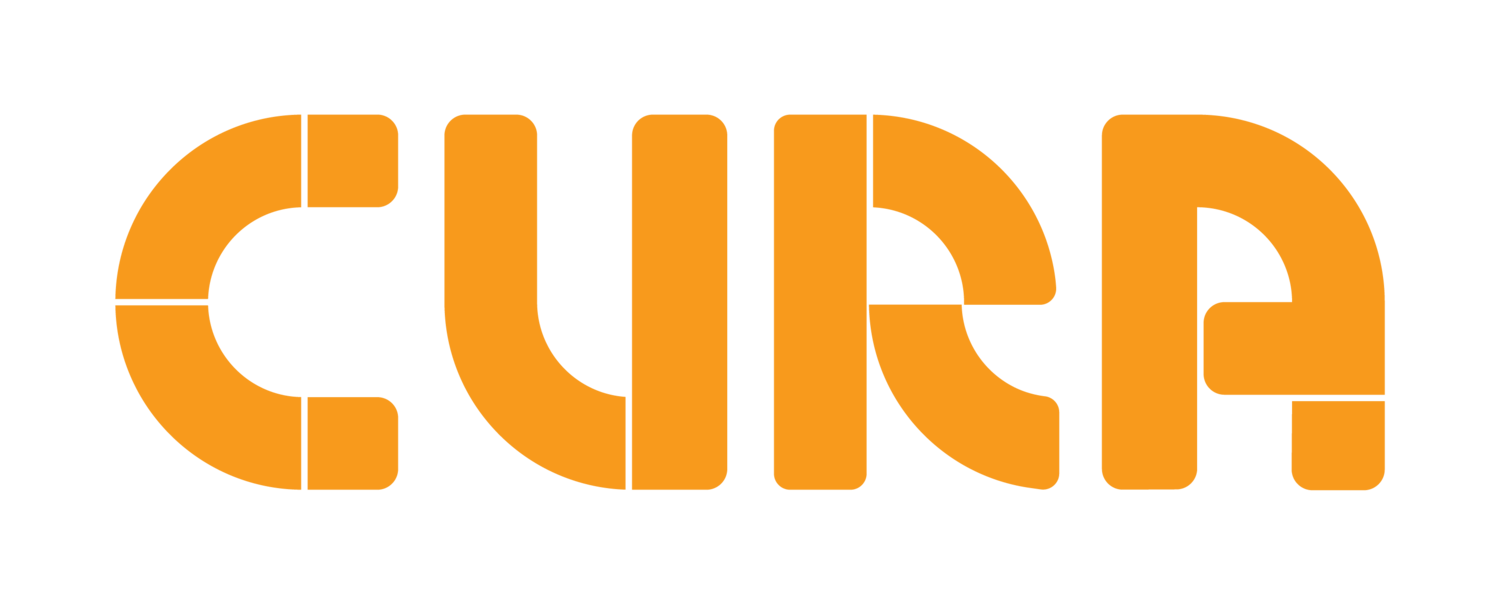Help students separate fact from fiction
This article is part of our series on how to help students use critical and creative thinking to break down problems, devise & evaluate solutions, and inform their interactions with others. To learn more about how we teach critical & creative thinking, see here.
Thanks to Donald Trump, the term ‘fake news’ is now known around the world. Most people know that ‘fake news’ is an umbrella term that refers to ‘news’ which is not credible, false, or highly biased. Sometimes, fake news is easy to spot. Often, however, the news that we consume is very slightly – even imperceptibly – full of half-truths and omissions that tell one side of a story, or appeal to the reader’s world view by positioning the reporting of an issue in a certain way.
If students are not able to critically evaluate information which they find online for bias and credibility, they will find it hard to separate fact and fiction in an age when the truth is becoming harder to discern. It also affects a student’s ability to navigate a PBL unit successfully.
Across these projects, students are most likely to be influenced by media and subjective interpretations of events, consequences, and viewpoints when exploring a problem and researching inquiry questions. It is crucial that students can objectively evaluate the causes or impacts of a problem without being influenced by false information from a less than credible source.
Similarly, students must consider all viewpoints relating to an issue, rather than only seeing it from one perspective due to undetected bias in the source of their information. If they can’t do this, their choice of a cause or impact to focus on – made at the end of the first ‘Diamond’ – will likely be misinformed.
There are therefore two skills students must develop:
Identifying authenticity
Identifying bias
Identifying source authenticity
When researching, most students (and most people) don’t stop to question whether the website they are looking at is credible and whether the information on the page is accurate.
This might seem harmless, but it means we form a false picture of how the world works which we instead assume to be true.
To help students evaluate sources which they find online for authenticity, they should apply the CRAAP Test to each source they rely on:
Currency. How current is the information? Is it up to date or was it published a while ago, such that its information might now be out of date? Students can generally check this in the by-line (if a media organisation) or at the bottom of the page
Relevance. Is the source relevant for the question the student is trying to answer?
Authority. How reputable is the source? Are they recognised as being an expert or a trusted name in their field? What are their qualifications to write on this particular topic? Students can look for the domain name of the site as a guide – ‘.com’, ‘.org’, and ‘.gov’ domain names are likely to be reliable (though not guaranteed)!
Accuracy. How correct and truthful does the information seem? Where does the information come from? Is the information supported by evidence and, if so, is that evidence provided? Can other sources verify this information?
Purpose. Why does the information exist? What is its purpose – to teach, to entertain, to persuade? Who stands to gain from this? How objective is it?
Identifying source bias
Identifying bias in our news is much harder to spot than fake news. This is because an event can be reported on perfectly accurately by two contrasting news organisations, yet subtle shifts in focus can distort the message being conveyed to the reader, leading to them forming an entirely different opinion.
This is challenging for students to comprehend. We think of news as something inherently objective, yet what we see on TV or read in a newspaper is almost always influenced by political, economic, or environmental bias.
Here’s an example. Both the articles below relate to the adoption of strict lockdown measures taken due to COVID-19:
Both pass the CRAAP test – they come from reputable media organisations. Both deal with the exact same set of factual circumstances. Yet they arrive at diametrically opposing conclusions. How?
The answer, of course, is that the author of each article has a bias. That doesn’t mean they are lying or presenting false information. It doesn’t even mean that they are wrong. It just means that they are arguing from different perspectives. They are emphasising different information. They place greater value on different considerations. And they likely omit or overlook information that is detrimental to their point of view.
If a student only read one of these articles, they’d form a very different view of whether the lockdown was necessary depending on which one they read. If they read both, it will give them a more balanced view of the issue. But how should they then decide which of these information sources is more credible?
‘Puzzles of truth’
One strategy to analyse and identify bias in an information source is called Red Light, Yellow Light. It’s a Thinking Routine developed by Project Zero, a research centre at the Harvard Graduate School of Education. Its premise is simple: read an information source closely and identify any ‘puzzles of truth’ which might suggest a bias or lack evidence.
What are specific examples of ‘puzzles of truth’? We’ve listed some examples below:
Extreme language. Is the language used definite or extreme (‘absolutely’, ‘ridiculous’, ‘never’) instead of qualified (‘perhaps’, ‘possibly’)? Does this logically support the argument or does it seem like an emotional statement intended to provoke anger, disbelief, or outrage?
Identify assumptions. Does the argument rely on assumptions to support the conclusion? Are there assumptions about the way things are or should be?
Logic shortcuts. Are there any oversimplifications, generalisations, or ‘sweeping statements’ used to make an argument?
Logic fallacies. Are there any errors of logic that don’t make sense? Examples might be confusing correlation and causation, or a false analogy
Missing information or evidence. Is evidence presented to support a claim or a conclusion? How reliable or authoritative is that evidence? And is there information or counter-arguments which have been omitted?
‘Red lights’ are examples of the above in a news or information source that a student feels sure is a ‘puzzle of truth’; a ‘yellow light’ is one that a student thinks might be a ‘puzzle of truth’ but isn’t so sure. Asking students to identify these gets them thinking about how much of an information source to believe and starts the conversation about how credible it is. They can use this to weight the ‘believability’ of information sources or identify which claims need further evidence before taking them as fact.
When to use this task
Asking students to analyse an information source for bias might seem an inconsequential part of a PBL unit. In fact, it’s a crucial task that sits at the heart of any real-world problem.
Possibly the most consequential decision a student will make across a PBL unit is in choosing which problem to solve, or which part of a problem to create a solution for. This decision – per the Double Diamond structure – can only occur after evaluating the different factors, causes, and impacts of a problem. And this can only occur through students reading and analysing contemporary information sources.
If students can analyse a source’s authenticity and bias, they can make informed judgements about the veracity of information. They can balance competing arguments to decide which one carries more weight. And they can discount misleading arguments that might otherwise persuade them to tackle the wrong problem. That can be the difference between a successful and an unsuccessful PBL unit.
Do you know an educator who might be interested in learning more about how to help students think critically? If so, please share this article with them!
If you are passionate about teaching critical and creative thinking and want to learn more, get in touch with us at hello@curaeducation.com. We’re always happy to exchange ideas with our PBL community!


